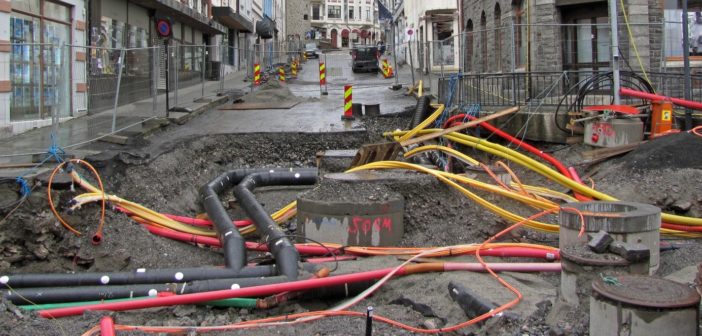In Switzerland, 73.6% of the population live in urban areas, and population density increases with an average of 216 people for every square kilometre. In densely populated areas, new infrastructure is added to existing utility networks.
As networks have been built piece by piece over decades, information held on existing assets is often still in paper form or stored in many different databases, kept by different owners.
This traditional way of working can cause unnecessary delays and disruption to upcoming installation, maintenance, or repair tasks. Challenges can occur if asset information is inaccurate or missing. This way of working is not sustainable for the future.
Replacing traditional methods with digital ways of working enables asset locations to be captured with high precision, improving data quality. Recording information digitally also encourages the sharing of data in a consistent format, setting the standard for asset management.
This is essential for sharing data with the public and third parties, through regulations such as Inspire in Europe. The Inspire regulation is in place to enable the sharing of spatial information among public sector organisations, to facilitate public access and is reliant on utility organisations sharing their data in a consistent manner.
Even where regulation is not present, many organisations are still adopting digital ways of working to make consistent, accurate data available to improve health and safety and put sustainable workflows in place for the future.
Download our white paper ‘Shape the future: Achieve a digital utility network’ to read more.

Andre Fischer
Regional Sales Manager
Leica Geosystems AG














